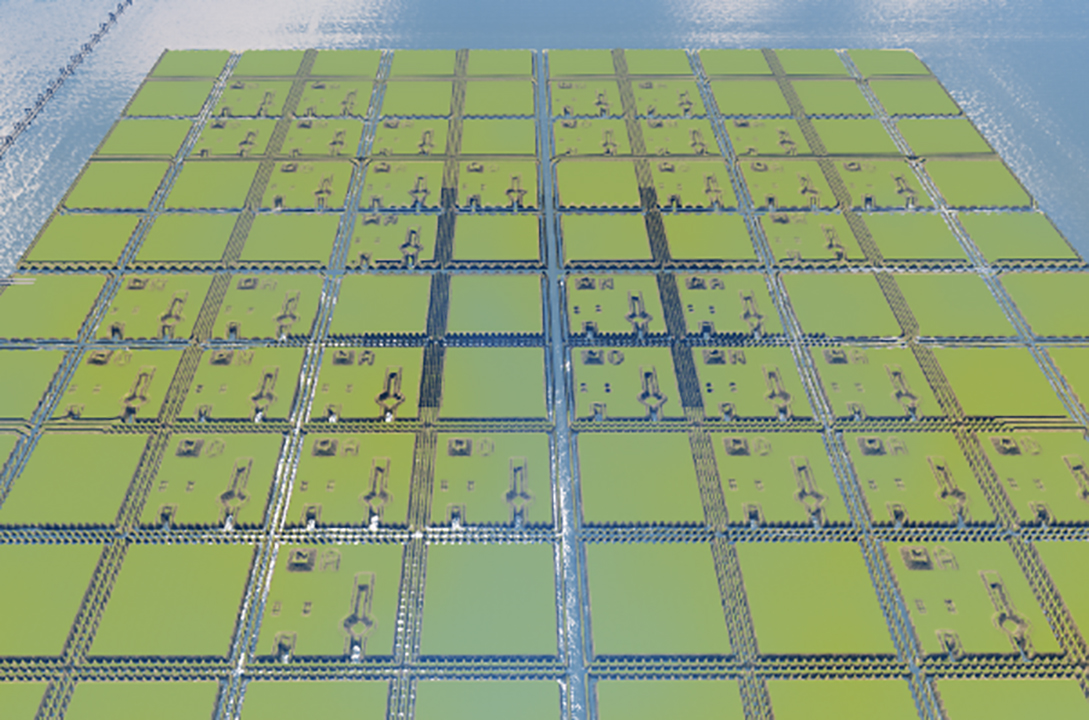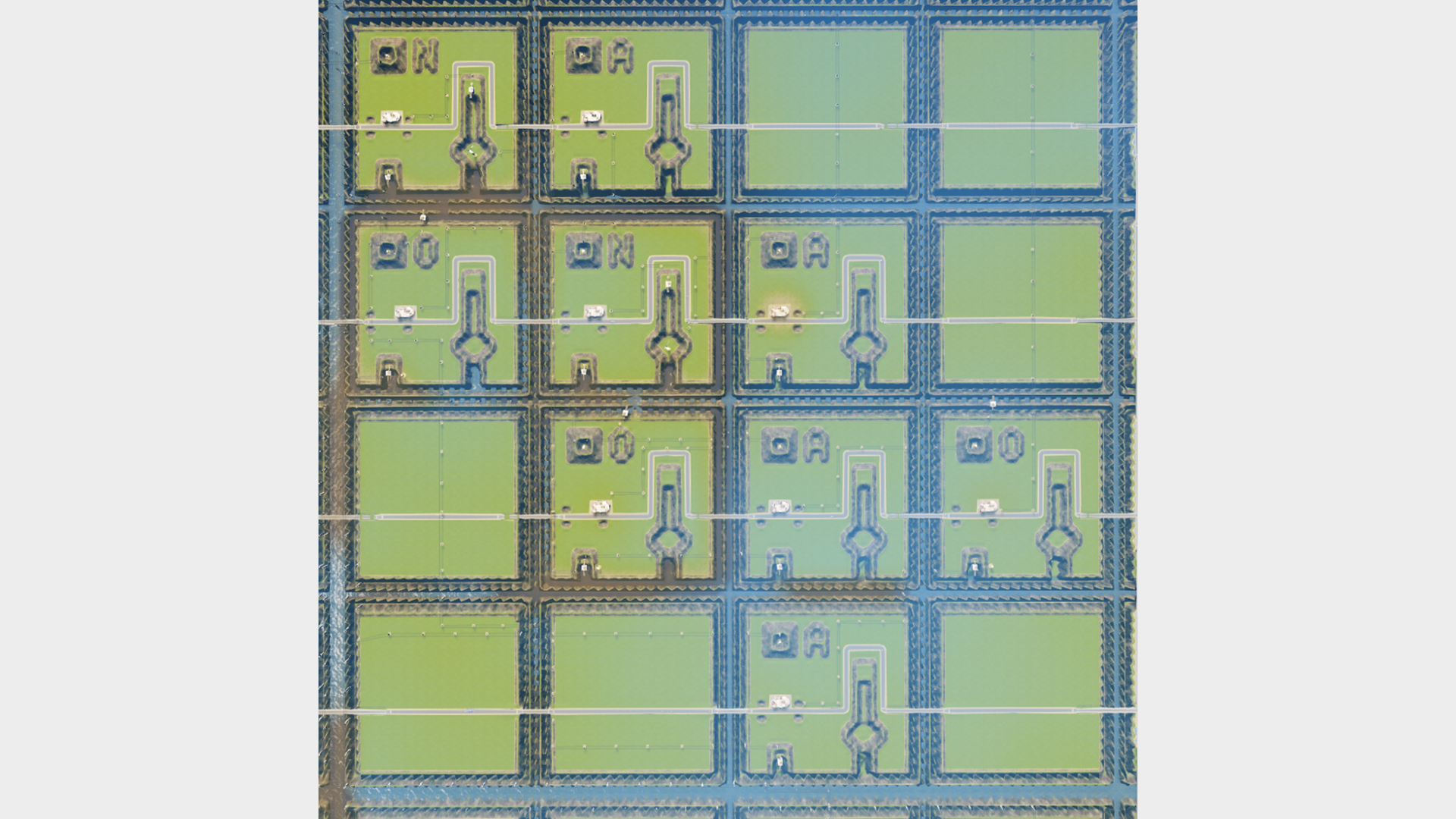This working calculator in Cities: Skylines is powered by human poo
One player built a computer that uses power plants, wind turbines, and a lot of human waste to add numbers together.
Though the video above might look incomprehensible, what you're actually looking at is a working calculator that runs on human poop. Not real human poop, mind you, but the simulated human poop from city-building simulator Cities: Skylines. Engineered by a player named Daniel Bali, this relatively simple 4-bit adder can do some basic addition of small numbers, and it's also the first time anyone has built a working computer inside of Cities: Skylines.
That kind of virtual computer engineering is typically reserved for Minecraft, which has useful tools like redstone created specifically for creating the binary logic at the heart of a computer. But Bali has cleverly created a similar system in Cities: Skylines, one that uses a whole lot of coal power plants, wind turbines, and, yes, poo.
Bali's write-up of the design is fascinating and well worth reading. But essentially he discovered that Cities: Skylines had all the necessary ingredients to make a simple circuit board, AND and NOT gates. The first was pretty simple to make and just required some power lines, a power plant, water tower, and sewage pipes. But, more difficult, was making the NOT switch (also called an inverter) necessary to make the calculator work. "To achieve this we will make use of the game’s simulation of fluid dynamics," Bali writes. "Improper use of dams, canals or abuse of sewage pipes can result in buildings getting flooded. A flooded power plant will not produce electricity. This is enough to build a NOT gate."

Bali designed a clever system that would flood a wind turbine on command, thus stopping it from generating power. To do that, he had to create a nearby city capable of pumping out a lot of waste and then routing it through the circuit board to the wind turbines.
The video above is proof that the calculator works, though its input and output are binary. In the beginning, Bali connects different wires to the main power source. Connected wires (highlighted in blue) represent 1s and non-connected wires represent zeros. The video shows the computer adding 9 (1001 in binary) and 14 (1110 in binary) together and, after a long time spent flooding wind turbines with poo, the calculator arrives at the right answer: 23 (10111 in binary).
As Bali explains, the big drawback with his machine is how slow it runs and its size. "one 4-bit addition took roughly 15 months in game which is about 20 minutes in real life," Bali writes. "There are also problems with size. Due to how power is implemented in the game, components of a gate need to be placed relatively far apart, otherwise power would flow between them. The 4-bit adder took up much of the 9 tiles available in a normal game, although I did not optimize it very much."

The biggest gaming news, reviews and hardware deals
Keep up to date with the most important stories and the best deals, as picked by the PC Gamer team.
With over 7 years of experience with in-depth feature reporting, Steven's mission is to chronicle the fascinating ways that games intersect our lives. Whether it's colossal in-game wars in an MMO, or long-haul truckers who turn to games to protect them from the loneliness of the open road, Steven tries to unearth PC gaming's greatest untold stories. His love of PC gaming started extremely early. Without money to spend, he spent an entire day watching the progress bar on a 25mb download of the Heroes of Might and Magic 2 demo that he then played for at least a hundred hours. It was a good demo.


